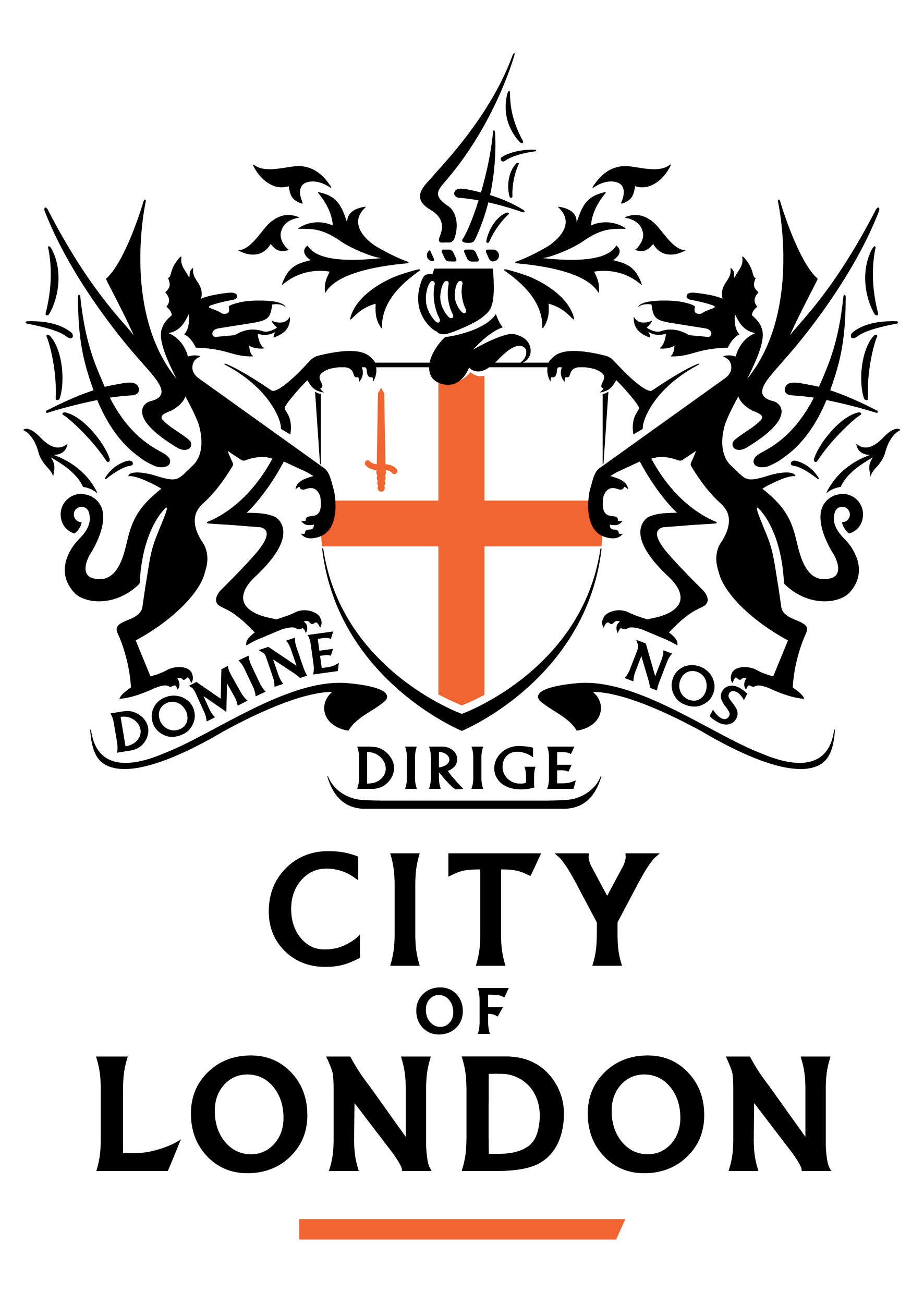
- You are here:
- Agenda item
Agenda item
City & Hackney Safeguarding Children Report (CHSCB) Annual Report
Report of the Independent Chair of The City & Hackney Safeguarding Children Board.
Minutes:
Members expressed concern that the 2017/18 report would not be seen until early 2019. The Assistant Director of Community and Children’s Services advised that the report would be circulated to Members when it is published in the coming weeks.
Could you explain a bit more about Hackney’s approach to contextual safeguarding and whether this is an area that we need to be focussing on more in the City? (*Subsequent to the meeting, the following response was provided):
In April 2017, Hackney Council was awarded nearly £2m from the Department for Education's Children's Social Care Innovation Fund. In partnership with the University of Bedfordshire, Hackney is using this funding to develop a new approach to safeguarding, which shifts the focus of social work from the family home, to consider much wider influences. The Council has stated it wants to find effective ways to protect children from risks outside the family home, recognising that young people are increasingly being influenced by their peer groups and surroundings, which are outside the control of their families and cannot necessarily be addressed by traditional social work interventions, which focus on individual children and families.
This traditional approach is argued by some to limit the extent to which social workers and multi-agency partners can safeguard young people who experience abuse or exploitation outside of the family environment. The approach to contextual safeguarding involves considering how, for example, peer groups, social media, neighbourhoods and schools, impact on young people's vulnerability. It also seeks to establish new partnerships with organisations like transport providers, local businesses, fast food restaurants and other places where young people gather. An aim of the project is to reduce the need to move children away from unsafe social environments and instead, create safety in the places and communities in which they spend their time.
In the context of the City of London, there is evidence of much good work across the partnership, including with agencies that might not 'typically' be seen as safeguarding partners. Examples brought to the attention of the CHSCB include the local response to 'urbex' (urban exploring) and the initiative implemented as part of the City's suicide action plan. Awareness raising activities are also widespread.
Focussing on the wider risks that young people might face is not a new phenomenon. Indeed, the CHSCB has been promoting the idea of context since early 2014 and there has been clear reference to this in previous iterations of statutory guidance (the assessment framework is also explicit in defining that external issues need to be considered).
Critical to safeguarding in the City, it is important to establish what difference this project is making in terms of outcomes for young people. In this sense, whilst the City maintains a watching brief, it is too soon to conclude the impact of this initiative is positive. Its principles are sound, but the practical changes in how the frontline address risk will be the determinant factor.
The CHSCB has always delivered an excellent service, as reflected in the Ofsted Judgement of outstanding in 2016. Will the new safeguarding arrangements require the publication of an Annual Report? (*Subsequent to the meeting, the following response was provided):
Safeguarding partners (local authorities, the police and CCG) will be responsible for producing an annual report.The report must set out what they have done as a result of the arrangements, including on child safeguarding practice reviews (formerly Serious Case Reviews), and how effective thesearrangements have been in practice. The report should also cover:
· evidence of the impact of the work of the safeguarding partners and relevant agencies, including training, on outcomes for children and families from early help to looked-after children and care leavers;
· an analysis of any areas where there has been little or no evidence of progress on agreed priorities;
· a record of decisions and actions taken by the partners in the report’s period (or planned to be taken) to implement the recommendations of any local and national child safeguarding practice reviews, including any resulting improvements;
· ways in which the partners have sought and utilised feedback from children and families to inform their work and influence service provision.
Statutory guidance sets out that this report should be subject to independent scrutiny.
RESOLVED – That the report be noted.
Supporting documents: